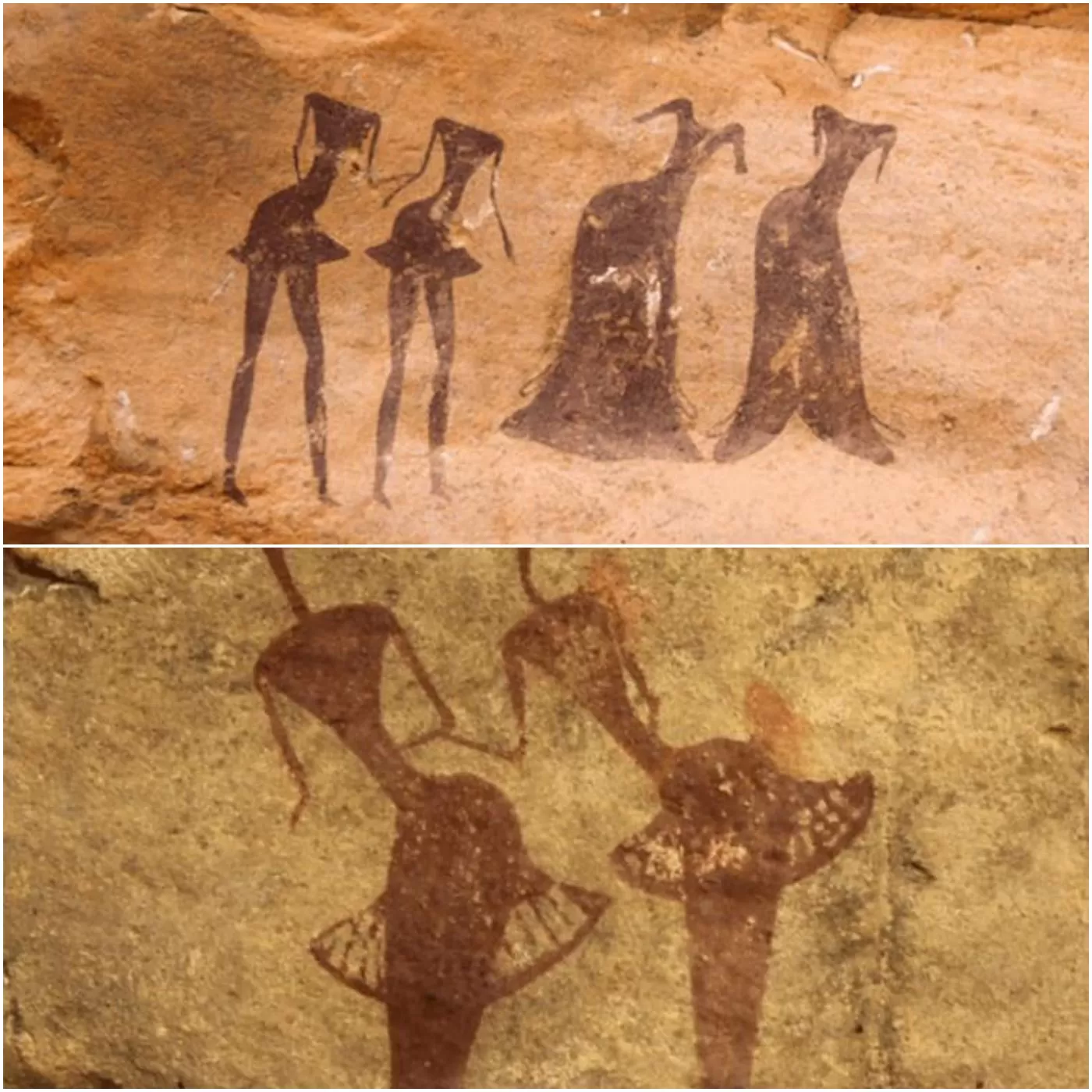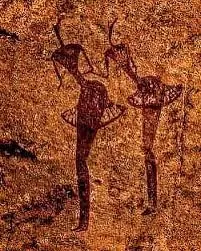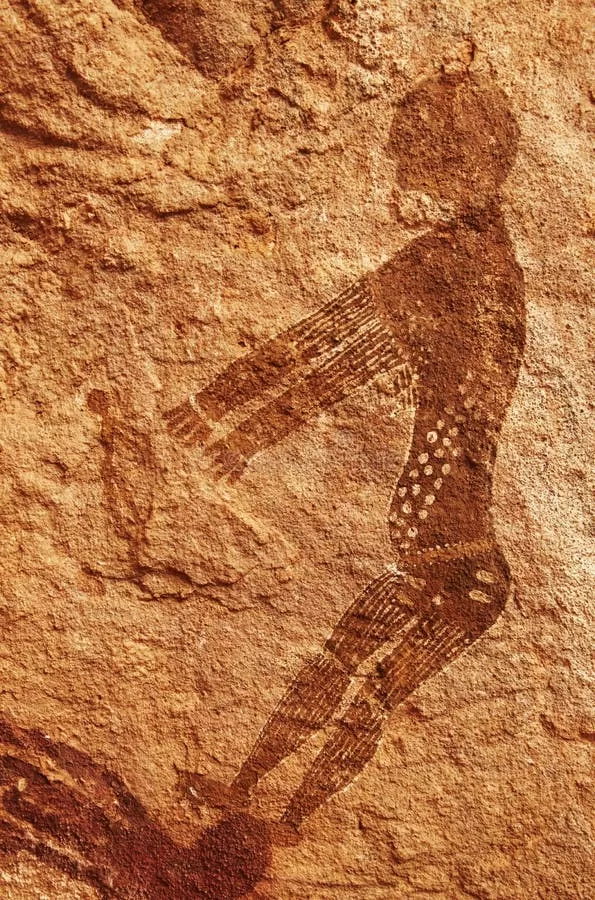Secrets of the Sahara: Unraveling the Horse Period Rock Art of Tassili n’Ajjer
Deep in the heart of the Algerian Sahara lies Tassili n’Ajjer, a vast plateau famous for its breathtaking collection of prehistoric rock art. Among its most well-documented phases is the Horse Period (2000–50 BCE), a time when domesticated horses first appeared in North Africa. This remarkable era is captured in thousands of rock paintings and engravings that provide an invaluable glimpse into the lives of ancient Saharan societies.

The Horse Period is named after the striking depictions of horses, which became a defining feature of the artwork in this region. The introduction of domesticated horses, likely brought by Berber or proto-Berber cultures, transformed the way people lived, traveled, and interacted with their environment. These animals signified a shift in lifestyle, marking the rise of increased mobility, long-distance trade, and new forms of warfare. As the Sahara gradually became more arid, communities adapted, and their changing way of life was immortalized in these detailed rock paintings.

One of the most intriguing aspects of the Horse Period art is its portrayal of human figures. The paintings include elegant depictions of women in long, flowing dresses and young warriors dressed in short skirts. These figures are not just artistic expressions but also valuable historical records that provide insight into social roles, clothing styles, and cultural practices of the time. The detailed brushwork suggests that artists paid close attention to movement and status, possibly highlighting the significance of these individuals in their communities.

Originally, many of these paintings featured distinctive white ‘stick’ heads, a stylistic feature that has faded over time due to natural erosion. Despite the effects of weathering, the remaining images still retain their artistic beauty and historical importance. The presence of horses in these scenes suggests that these societies were undergoing major transformations, shifting from a primarily pastoralist lifestyle with cattle herding to one that involved horses for transport and military purposes.

The significance of Tassili n’Ajjer’s rock art extends beyond the Horse Period. The site contains paintings spanning thousands of years, reflecting different phases of human history—from early hunter-gatherer societies to advanced pastoralist cultures. However, the Horse Period stands out as a crucial turning point. It coincides with the Sahara’s desertification, forcing communities to adapt to a drier and more challenging climate. The paintings act as a visual record of resilience, innovation, and cultural evolution in the face of environmental change.
Today, the rock art of Tassili n’Ajjer is a UNESCO World Heritage Site and remains a subject of fascination for archaeologists and historians worldwide. It provides a unique opportunity to study the interactions between humans, animals, and the environment in ancient North Africa. As researchers continue to analyze these extraordinary artworks, new discoveries may shed further light on the mysteries of the Sahara’s past and the people who once called it home.